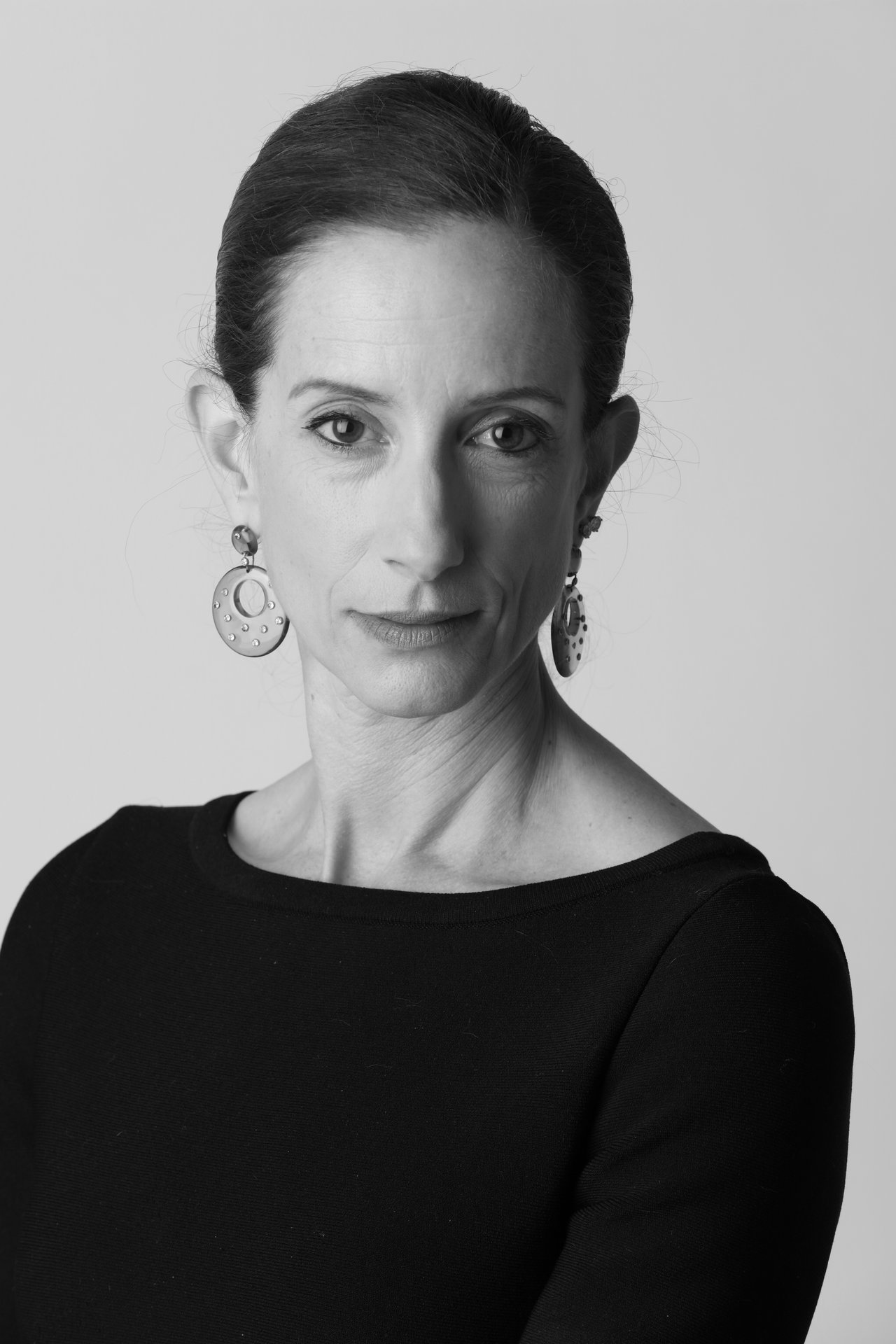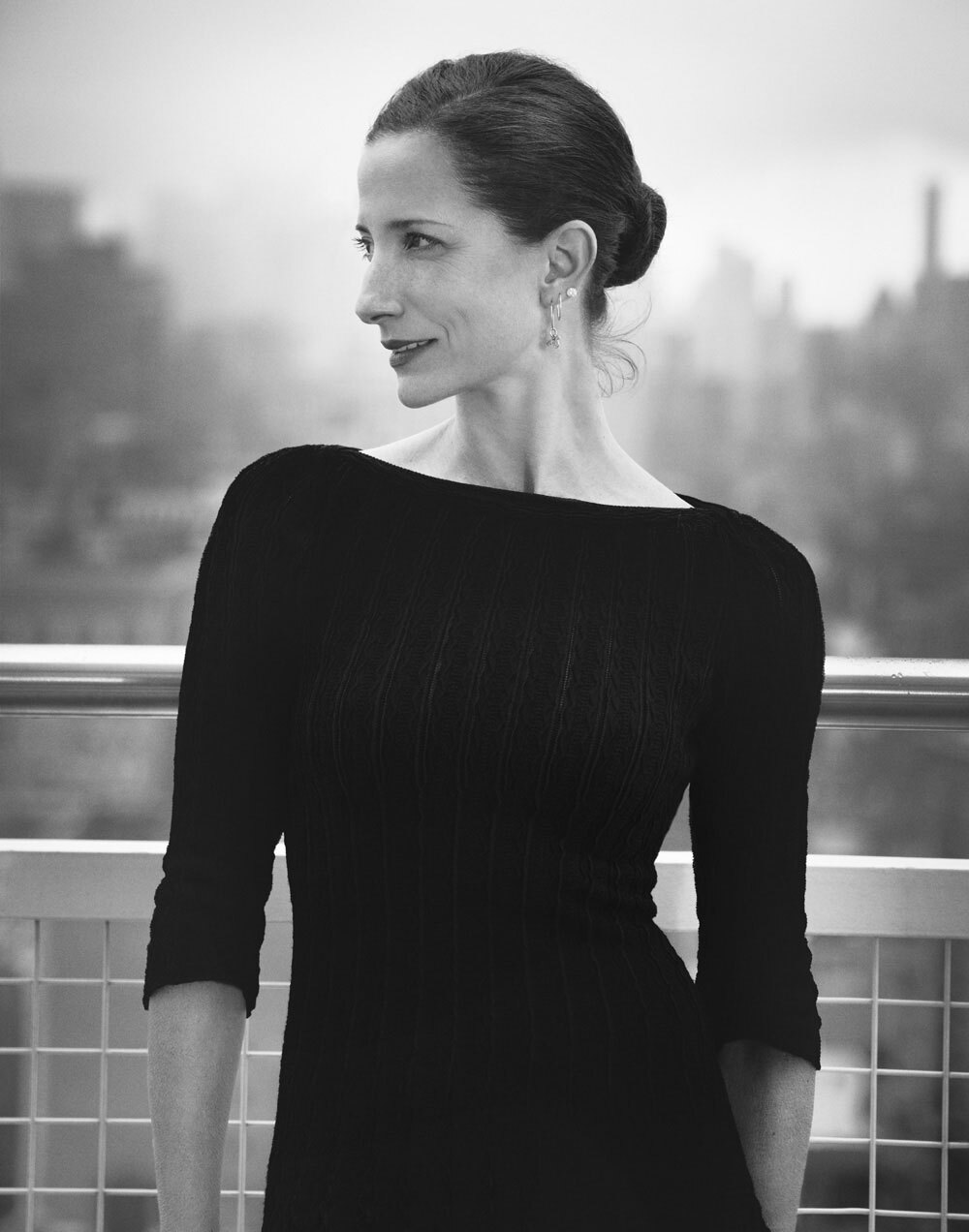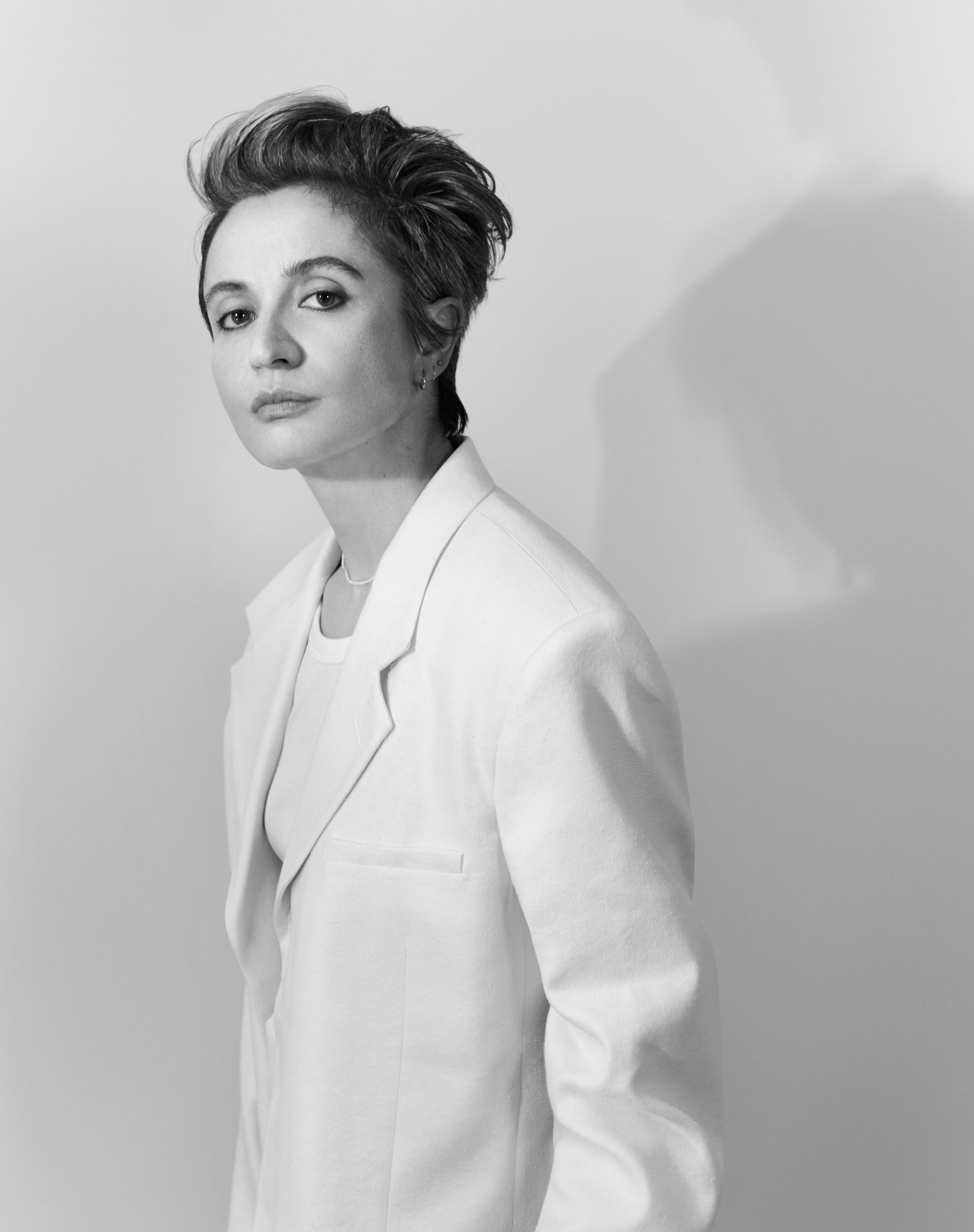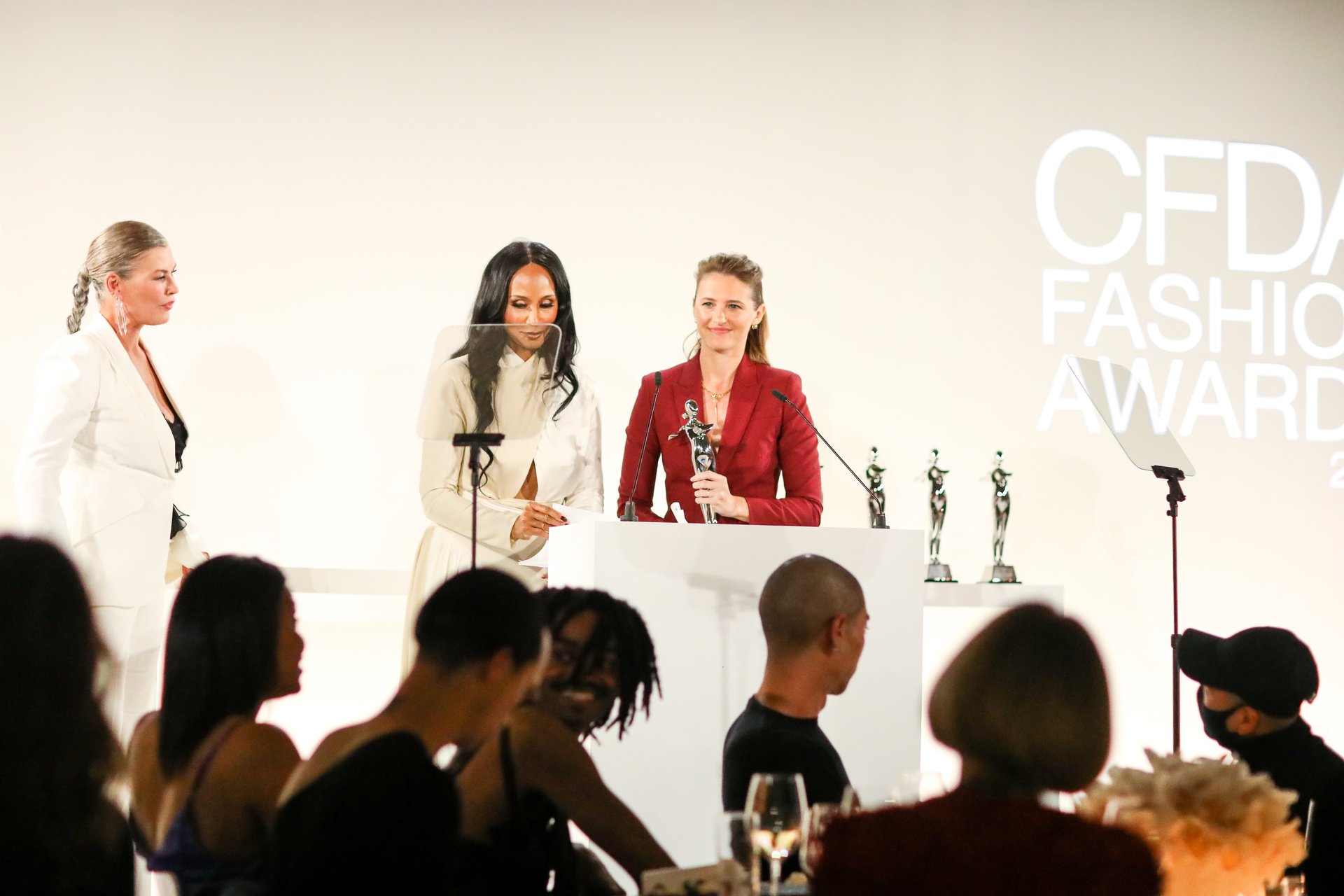Words with (Fashion) Friends: Vanessa Friedman on Fashion, Culture, and Critique
December 23, 2024
Rashad Benton


Vanessa V. Friedman has been the fashion director and chief fashion critic of The New York Times since 2014, where she redefined fashion writing as a form of cultural commentary. Before joining The Times, she spent over a decade as the fashion editor at the Financial Times, a pivotal role that allowed her to shape fashion coverage for readers who wore nice clothes but for whom fashion was not a driving imperative.
Her path into fashion journalism was anything but traditional. After pitching the Financial Times a cold letter and being asked to write about boots, Friedman was sent “parachuting” into the fashion world, covering Milan and Paris shows while still writing about topics like sperm washing for The Guardian and the Teletubbies for The Economist. She later became both the features editor and fashion features editor at InStyle UK when the publication launched, balancing Hollywood reporting with fashion coverage.
“I had about two years to mess around, make mistakes, and figure out how to cover this subject,” said Friedman, describing her early years at FT as a learning curve where she could experiment and establish what fashion coverage could mean at a paper of its caliber. Her insightful, grounded approach broadened fashion’s reach to readers outside the traditional fashion crowd—a mission that remains central to her work today. She observes fashion as a reflection of its moment.
Raised on Manhattan’s Upper East Side, Friedman’s background defied the neighborhood’s glossy reputation. Her immigrant great-grandfather sold pickles on Delancey Street, her grandparents were first-generation Americans, and her parents, a lawyer and a book editor turned agent, instilled in Vanessa a deep respect for words.
Who or what initially inspired your love for fashion? Were there any personal milestones or mentors who played a pivotal role in your career?
In school, I was deeply interested in understanding how people work—how society and culture function. I attended a liberal arts college where fashion wasn’t part of the conversation. That has changed now, but back then, no serious university offered courses in fashion. If you wanted to pursue it, you went to a fashion school. At the time, fashion wasn’t considered serious—it was dismissed as frivolous. And, of course, as a pretentious 21-year-old, I believed I was a very serious person.
What I eventually realized, as I worked deeper into my career as a journalist and writer, is that fashion is the perfect lens to explore all the questions that fascinated me—identity, politics, culture, philosophy, and the world. Everyone thinks they understand fashion; it’s visual, it’s immediate, it’s personal. That makes it the perfect Trojan horse for addressing much bigger, more complex issues. And no, this wasn’t some blinding, lightning-bolt insight I had on my own—but it’s one that shaped everything that followed.
At Princeton, you studied history, European cultural studies, and creative writing—three distinct but interconnected disciplines. What was your initial plan when pursuing these areas of study, and how did they ultimately influence your journey into journalism?
Haha, I didn’t have a plan, honestly. I was simply drawn to those three subjects, and I knew I’d figure out the rest along the way. Someone once told me, “If you’re a history major, you can do anything because everything has already been done.” There’s a certain truth in that. History is deeply important; in fact, I’ve never felt more acutely that I’m living through history, especially as we see the same mistakes being repeated. European cultural studies fascinated me because I wanted to understand the architects of history, those who shaped the world as we know it. And creative writing? I’ve always had a passion for words—finding the right ones, the ones that make a story sing.
It is said that as the first fashion editor at the Financial Times, you established a new voice for the publication in covering fashion. What was that voice?
You could probably tell me the voice better than I could articulate it myself. But, to me, fashion is fundamentally a form of communication—one that speaks volumes about identity and politics. Clothing is a tool everyone uses to tell the world who they are, whether they’re private individuals or world leaders. Understanding how those in the public eye, particularly those in power, use clothing to manipulate perception is crucial.
In many ways, I see my mission in fashion journalism as helping people understand that split-second, subconscious judgment we make about others based on what they wear. These decisions aren’t trivial—they shape how we perceive those around us, especially those who influence our lives. The act of considering these questions is not frivolous or silly; it’s recognizing an undeniable human reality.

Vanessa Friedman
What were the biggest challenges you faced in merging fashion with the FT’s traditionally business-focused ethos?
The biggest challenge wasn’t so much related to the FT itself, but rather the stereotypes and preconceptions people have about fashion—that it’s frivolous, or not worth taking seriously. Overcoming that perception was the real hurdle.
I truly feel a sense of accomplishment when I receive emails from people who say, “I never read fashion stories before. I thought they were irrelevant and had nothing to do with me—until I read something you wrote. Now, I read them all the time.” To me, that’s a sign I’ve succeeded in shifting the conversation and demonstrating that fashion, in all its complexity, has a profound impact on our world.
As someone who covers fashion and politics, how do you navigate the tension between celebrating creative expression and critiquing the industry’s business practices?
I don’t really see that as a tension. I don’t think my job is to celebrate creative expression. I think my job is to report on what’s happening. And sometimes that’s about creativity, but other times it’s about issues like racism, the exploitation of raw materials, or other business practices. The spectrum is wide, and it’s not my role to celebrate one aspect over another. My role is to hold a mirror up to the industry and show the complexities—both the inspiring and the troubling.
Fashion journalism has evolved significantly, with social media and influencers reshaping how the public engages with the industry. How has this shift influenced your role as a critic, and what do you see as the future of traditional fashion journalism?
It hasn’t really changed my role. If anything, it just means I hear about things more often. There are more voices now, and I think that’s great—more people can express their thoughts, and truthfully, I’m interested in that. But I also believe that in a world where everyone is sharing their opinions, having formal critics—those who bring an understanding of history and context to the subject—is incredibly valuable.
I do hope traditional fashion criticism continues to thrive. There’s a reason it has endured through countless media cycles and shifts—it offers a depth of insight and perspective that can’t always be captured in a tweet or an Instagram post.
As a prominent critic, your voice carries weight in the industry. How do you balance offering constructive critique with celebrating innovation, and how do you handle reactions from designers or brands to your reviews?
This is The New York Times. Our job is to report the truth without fear or favor. That’s true whether we’re covering Washington, [D.C.] or fashion. The power of The New York Times works both for and against us. Some people really want to be in The Times, but others find it intimidating, even nerve-wracking.
When I write a review, I try to be as fair as possible. I think, “What is this designer trying to say?” Does it make sense in the context of women’s lives? Is there a woman who would want to buy it? Does it align with what the brand has done before, and does it succeed based on those criteria? I feel very strongly that if you’re not willing to tell someone when their work doesn’t succeed, then it loses meaning when you say it does.
Unfortunately, fewer people seem willing to do that today. Levity and humor are important—there’s a way to be genuine and honest without being cruel.
When you’re reviewing a collection, what are the key elements you look for?
I consider the technical, aesthetic, and cultural aspects. I’m not judging it from the designer’s point of view because at the end of the day, fashion is about clothing made to be sold, made for people. So, I look at it from the perspective of the consumer. My job is to give readers the information they need to make an informed judgment about whether this collection might resonate with them.
That holds true even for couture shows. At any price point, a consumer is still a consumer.
From your perspective, what is the current state of American fashion, and how does it compare to the broader global fashion landscape? Are there specific regions or designers that excite you most right now?
American fashion is incredibly interesting right now. It’s in a state of enormous flux. The mainstream brands that once defined American fashion on the global stage are no longer leading the charge. Instead, there are a lot of small, independent brands emerging, and the question for me is whether any of them will truly break through to the next level.
On the global stage, I think American designers are producing the most politically charged work at the moment. There’s something particularly compelling and urgent about the work coming out of this country right now, and I’m excited to see whatever challenges my thinking.
Your career has been a masterclass in blending intellect, artistry, and cultural insight, shaping the way the world views fashion as more than just clothing. If future generations of fashion journalists were to reflect on your work, what one idea, philosophy, or legacy would you hope they carry forward into their own storytelling?
Pretty much everything we’ve been talking about—that fashion is a tool that everyone uses, and because of that, it’s a way into every story that exists. Fashion isn’t just about clothing; it’s a lens through which we can explore identity, politics, culture, and the world around us. I hope that future generations of fashion journalists continue to see it that way—by recognizing its power and potential to tell deeper, more meaningful stories.
Photo credit: Courtesy of The New York Times

